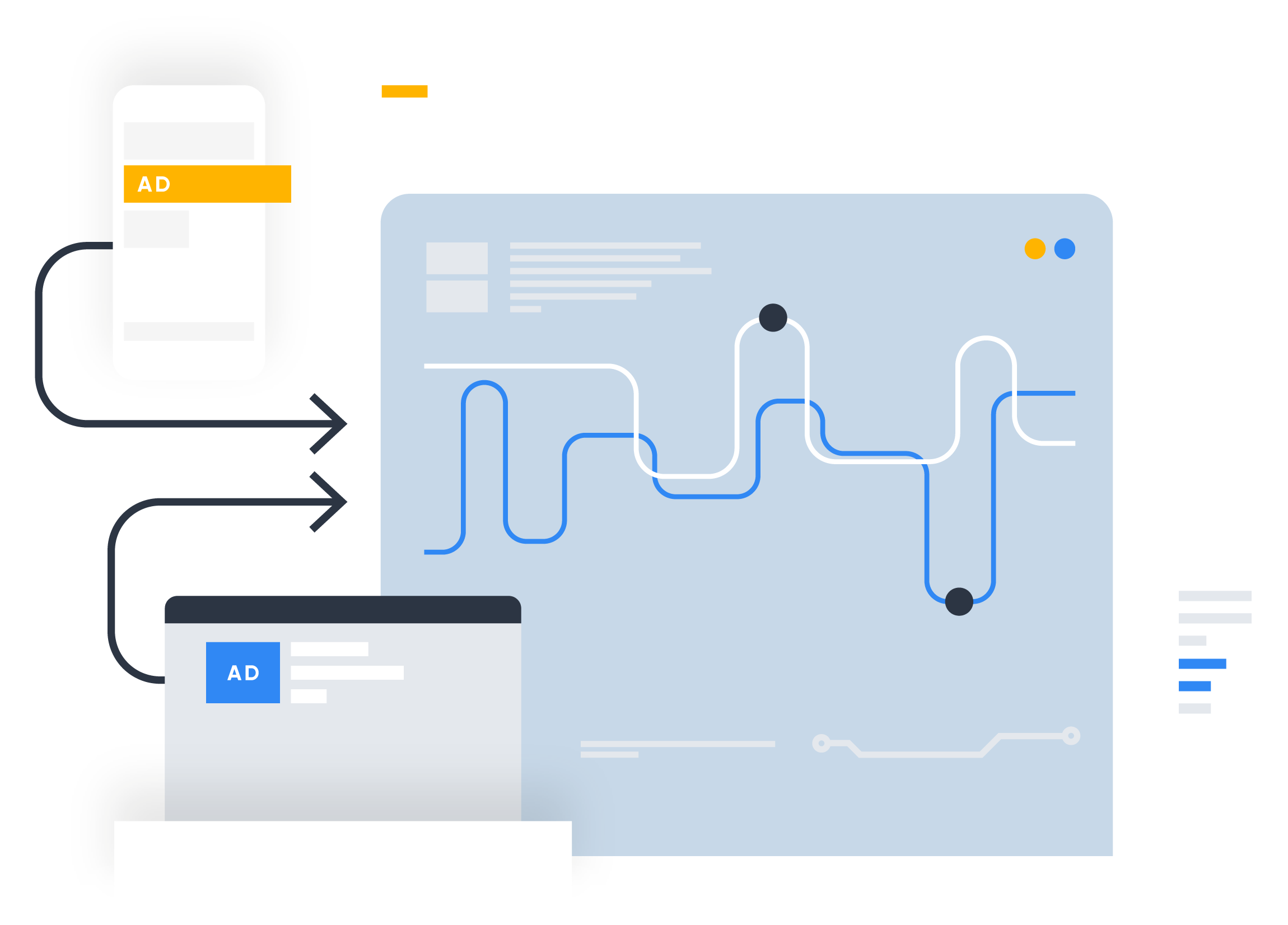Web Attribution
Leverage web experiences to land and expand your user base and measure user ROI and LTV.


Powering today’s web and cross-platform acquisition and activation growth
Ready to futureproof your tech stack?
Measurement and analytics for today’s Web growth
Simplify paid marketing collection
Collect granular spend data across all partners with flexible integration methods via API, emailed reports, google docs, or other cloud services. Make better optimization decisions with ROI analytics.
Capture standardized web event
Automatically standardize and govern web links with templatized UTMs that align to mobile dimensions for actionable insights on the platform, campaign, country, asset, and keyword level.
Measure web and connect to mobile
Unify your web and app marketing to get the full picture of how your users are engaging with your brand, understand where they are driving web visits, conversions, and what channels are successfully converting web visitors into mobile downloads.
Empower network optimization
Send web, pc, and console postbacks (cAPIs) to partners to unlock custom data sharing options, preserve privacy, and ensure your campaigns are prioritized according to your key events and KPIs.
Access insight-ready data without limits
Access user level logs, pull aggregate data from APIs, or automatically load transformed marketing data across user and aggregate schemas directly into the data warehouse and or visualization tool of your choice without limits.
Grow your user base with web today
Web Attribution FAQ
Web attribution is the process of assigning credit to various digital touchpoints in a customer journey(such as ads, emails, or social media) that lead to a desired conversion, like a purchase or sign-up. It helps businesses understand which marketing channels contribute most to conversions, allowing for better budget allocation and strategic decisions. Using different attribution models, such as first-touch, last-touch, or data-driven models, companies can analyze the customer journey and optimize their marketing efforts for improved ROI.
Singular combines, web attribution with mobile attribution in order to provide a holistic solution to advertisers who are seeking to understand and optimize their purchase funnels.
Cookie-based attribution
This refers to storing a persistent cookie from a user’s initial visit throughout their customer journey. After an initial visit the attribution provider generates and stores a unique cookie in the browser. If the user returns to the site, the attribution provider is able to look up this temporary identifier and attribute any subsequent conversion events to the user. Of course, if the person switches devices, this requires combining with other technologies.
3rd Party cookie-based attribution has been largely been restricted or phased out by most of the major web browsers. Safari and Firefox already block third-party cookies by default, while Chrome has plans to deprecate them in the future.
Attribution links
Web attribution can also be accomplished through deep linking, which works by sending special links to people that go directly to specific web pages — or a specific screen in an app — and measure any associated actions. A key use case of attribution links are, of course, analyzing the performance of a specific campaign, channel, or user experience.
An additional identifier, such as email address
Because people switch channels, apps, or even devices during customer journeys, building early value into them signing into or subscribing to your service can be valuable. Then you have a unique identifier like an email address to connect separate fragments of their paths.
UTM parameters
In addition to dedicated attribution links, UTM or URL parameters can be attached at any existing link to collect data such as the source and medium. HootSuite defines UTM parameters as “pre-defined text codes added to a URL to track important data about website visitors and traffic sources”. For example, a UTM parameter measures everything that comes after the “?” in this link:
https://example.com/?
utm_source=facebook&
utm_medium=paid&
utm_campaign=fb_ads&
utm_term=content
The user journey and the platforms and devices that users will engage with will dictate the type of attribution or the combination of web attribution solutions you will need to implement.

